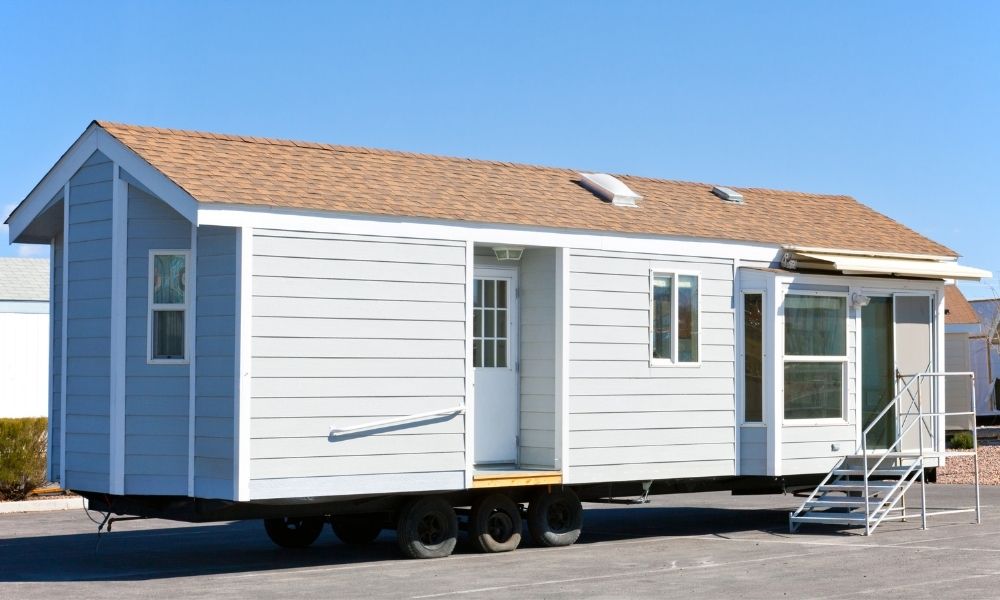Dec 11, 2020
Common Myths About Prefabricated Homes
Prefabricated homes have seen great improvements and advancements. These are some common myths about prefabricated homes that simply aren’t true.
Posted by: Amanda Team

Prefabricated homes are increasingly popular for their affordable price and modern look. However, many people assume that prefabricated homes are cheap and generic, making way for myths and rumors that stem from a lack of knowledge. As prefabricated homes are still a foreign concept to many, there are a few common myths about prefabricated homes we’d like to clear up.
Myth: Prefabs Are Low-Quality
Because prefabricated homes are made to be modular and thus quick and easy to build, people often believe that these homes are mass-produced. They assume these homes act as a sort of “generic brand” made of steel and cement. However, prefab homes have evolved beyond their affordable price. The success and popularity of backyard offices have led to higher quality homes made from better materials. These homes are often more versatile than traditional homes. They offer mobility and design flexibility, making prefab homes prime real estate in the modern market.
Myth: Prefabs Are Generic
“Modular” has become something of a dirty word when it comes to homes, as people associate modularity with boxy, generic shapes. However, prefabricated homes have developed in quality. Currently, they offer various designs and a wide variety of appearances. The modular options allow for customized and unique homes that reflect your preferences and personality in a fresh and modern way.
Myth: Prefabs Are Cheap
Prefab homes first arose in the 1950s to meet a quickly rising demand for housing. The most common myths about prefabricated homes stem from how World War II veterans needed cheap homes that people could build quickly. This created the image that prefab homes targeted the mass market as a cheap housing option, much like trailer homes. While these homes are still affordable, they target a much wider audience, appealing to a wide range of different people with diverse preferences.
Previous Article Next Article